Buyers admire green effort, but don’t pay for it
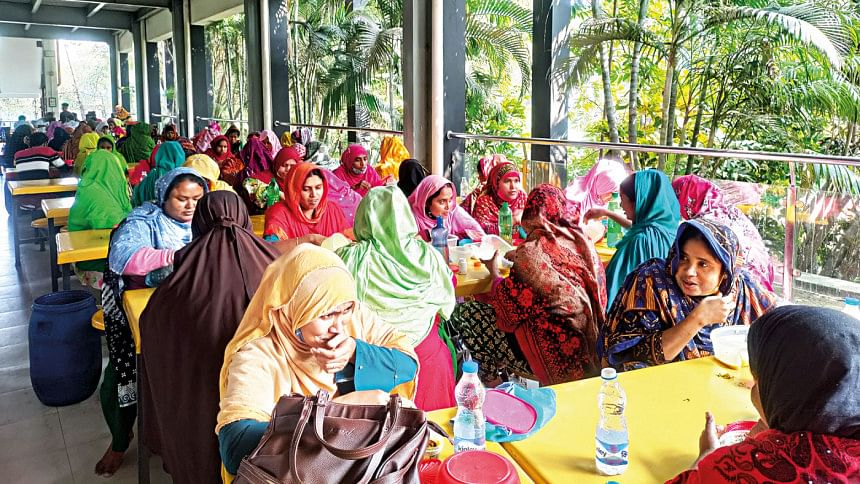
Local garment exporters have already spent a few billion dollars to transform their production units, but despite their pleas, international buyers are not paying a premium for the products they source from the eco-friendly factories.
Local suppliers say international retailers and brands prioritise green factories when placing work orders. Therefore, owners of local green factories need not worry about a lack of work orders even in times of crisis.
For example, during difficult times like the Covid-19 pandemic or the Russia-Ukraine war, when the western world witnessed historic inflation, work orders continued to flow.
Perhaps due to having a number of green manufacturing units, Bangladesh is the most preferred destination for international retailers and brands. So, greening the factories has served one of its main purposes, which is restoring the confidence of both end-consumers and buyers in Bangladesh.
In the fiscal year of 2013-14, Bangladesh's garment export was worth $24.50 billion. It grew to $46.99 billion by 2023-24. In July-February of the current fiscal year, the nation supplied apparel items worth $32.85 billion, up 4.77 percent year-on-year, according to data from the Export Promotion Bureau.
The BGMEA has a target to export $100 billion worth of garment items by 2030, so owners are greening their units in a bid to retain existing customers and attract new ones.
The main goal of greening factories is to lower carbon emissions, especially considering the changing purchasing patterns of consumers. Now, consumers are more environmentally conscious, meaning they prefer to buy items that create less pollution in the production process. As a result, these green initiatives are attracting more consumers.
On the other hand, such initiatives have led to greater savings for factory owners as they can become more energy-efficient, reduce water use and cut down on water bills by using the harvested rainwater. On average, a green garment factory can reduce its electricity consumption, water consumption, and fuel consumption by 40 percent.
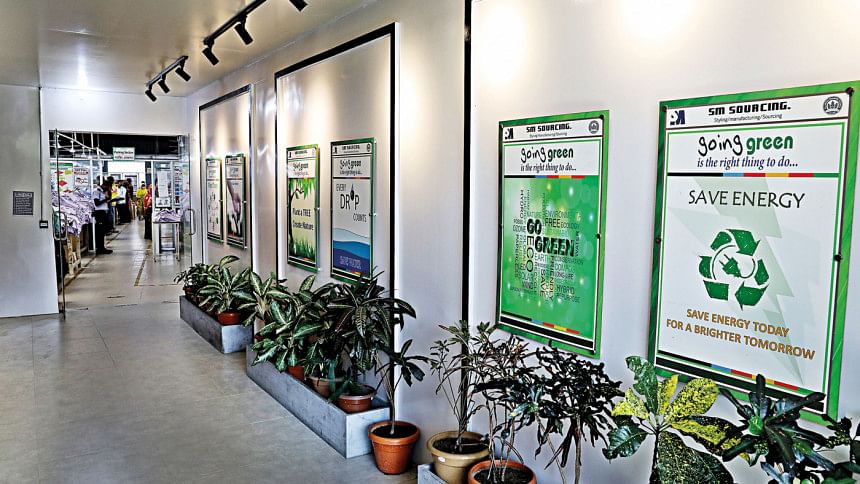
Mirza Shams Mahmud Shakti, chief executive officer of SM Sourcing, said many traditional garment factories do not run at full capacity because of low inflows of work orders. However, the scenario is different for his factory as buyers place work orders on a priority basis since it is LEED-certified.
"Though international buyers are not paying a premium price, the business in general has been greatly benefited because of the priority."
Faruque Hassan, president of the Bangladesh Garment Manufacturers and Exporters Association, says garment suppliers have not invested in greening factories for direct financial benefits, but rather to save the environment from pollution and preserve it for future generations.
"The greening of the sector brightened the image of the country and boosted the confidence of international retailers and brands. This has brought home a lot of business even during tough times."

 For all latest news, follow The Daily Star's Google News channel.
For all latest news, follow The Daily Star's Google News channel. 

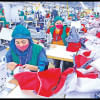
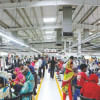

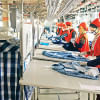


Comments